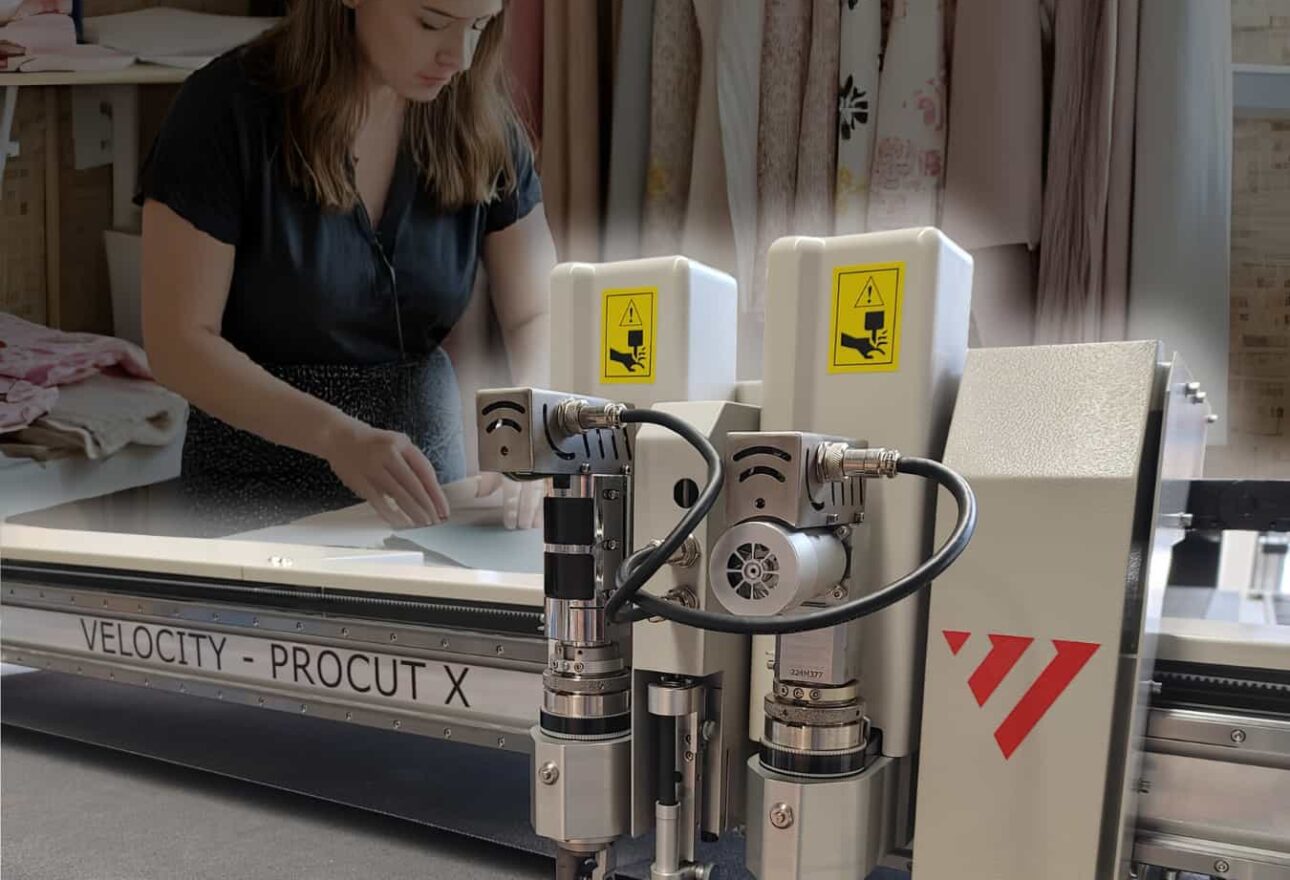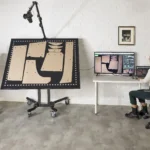In today’s fast-paced fashion, apparel, and cut-and-sew world, speed, precision, and efficiency aren’t optional—they’re essential. The apparel and cut-and-sew industries, once dominated by manual processes and craftsmanship, are undergoing a major technological transformation. To stay competitive and meet the growing demands of the global market, embracing advanced tools such as CAD systems, automated plotters, y cutting machines is no longer just an advantage—it’s a necessity.
Table of Contents
The Shift from Manual to Digital
Why Technology Matters
Key Technologies Powering the Modern Apparel & Cut-and-Sew Industries
Manual Work vs. Technology: Finding the Balance
Conclusion

The Shift from Manual to Digital
Traditionally, apparel and cut-and-sew production relied heavily on manual labor. From hand-drawing patterns to manually cutting fabric layers, the process was time-consuming, prone to human error, and difficult to scale. While manual craftsmanship still holds a place in certain bespoke or artisanal fashion segments, it falls short when it comes to volume production, speed-to-market, y quality control.
Why Technology Matters
1. Increased Efficiency & Speed
Digital tools dramatically shorten the product development cycle. For example, CAD (Computer-Aided Design) systems enable designers to create, edit, and test patterns digitally—eliminating many time-consuming, manual steps and accelerating the design-to-production timeline.
2. Accuracy and Consistency
Manual pattern making and cutting often lead to errors and inconsistencies. CAD systems paired with automated cutting machines ensure every piece is cut with precision, resulting in better fit, less waste, and higher product quality.
3. Scalability and Cost Savings
By implementing advanced technology, cut-and-sew facilities and apparel manufacturers can scale production without dramatically increasing labor costs. High-ply cutting systems reduce the time it takes to process large volumes of fabric, helping companies deliver more with fewer resources.
Key Technologies Powering the Modern Apparel & Cut-and-Sew Industries

CAD Systems
As the foundation of digital product development, CAD software allows pattern designers to draft, grade, and adjust digitally. It reduces reliance on physical samples, improves speed, and integrates smoothly with cutting hardware and plotters.
Plotters
Plotters, such as those from Velocity, print full-scale patterns created in CAD with high accuracy. Velocity plotters are known for their durability, high-speed performance, and compatibility with modern production workflows, making them ideal for both apparel y cut-and-sew operations.
Automatic Cutting Machines
Automatic cutters have become essential in streamlining fabric cutting operations—especially in industries focused on fast turnarounds and high-quality output.
- Single-ply cutters are perfect for sample development, short-run production, and on-demand cutting environments. A standout solution in this category is the Velocity ProCut X. Designed for speed, accuracy, and ease of integration, ProCut X delivers exceptional performance for cut-and-sew shops, digital print workflows, y rapid prototyping. It supports intricate cuts, reduces fabric waste, and offers a seamless bridge between digital pattern design and physical production.
- High-ply cutters from Velocity are built for mass production. They can cut through multiple layers of fabric with impressive precision and speed, making them a smart investment for scaling operations. These machines reduce labor reliance and help maintain quality across high-volume orders.
Manual Work vs. Technology: Finding the Balance
While technology brings unmatched efficiency and consistency, manual craftsmanship remains valuable—particularly in couture, bespoke tailoring, and conceptual product development. The future of the apparel and cut-and-sew industries lies in blending innovation with tradition—leveraging machines like Velocity ProCut X for execution, while preserving human creativity for design
Conclusion
El apparel and cut-and-sew industries are at a pivotal moment. Companies that embrace advanced tools like CAD systems, automated plotters, and cutting-edge solutions such as the Velocity ProCut X position themselves for growth, competitiveness, and sustainability. While traditional methods still have their place, the path to long-term success lies in digital transformation y smart manufacturing.
Enjoyed the article? Follow us for more insights and updates.






